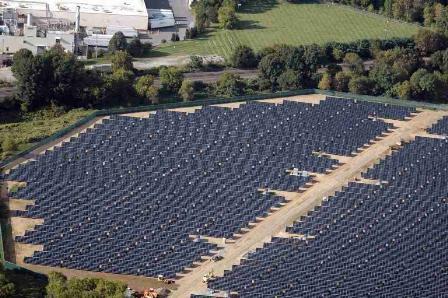The use of solar energy is dramatically increasing in almost all the parts of the world providing both electricity and heat energy. Nowadays, solar technologies are readily available and installation cost is becoming cheaper. However, the climatic changes are unpredictable and it affects largely the production of solar energy resource and performance.
You can enhance the solar system performance by assessing your climate particulars. Click here for solar San Jose reviews to assess the climatic conditions like temperature, wind speed, precipitation etc.

Check the following climate conditions and assessments
- Sunlight– Different amount of sunlight is obtained in different regions of the world. The climate can dictate the amount of sunlight energy you will be getting annually. The maximum amount of sunlight is found in the Southwest side of North America and the least in Canada and Northern States. The Southern states have longer days since the sun shines high above the sky
- Wind– Wind can cause many dangerous situations and possibly tear your equipments off from its mounting hardware. It can cost you a lot of bucks. The mounting schemes have the specifications of the wind speed. Wind can also cools the surfaces efficiently. You should make sure that your solar system also has a wind cooling system. For the above given reasons, it is also important that you consider the area where to mount the equipments, if your area falls under frequent windy category.
- Rainfall– Certain environmental conditions like wet and humid often cause metal corrosions. The electrical equipments are particularly prone to such corrosions which can results in poor performance of the system. So, it is highly recommended that the equipment junctions are sealed properly.
- Smog– The air pollutions and smog may also affect the quantity of sunlight you could receive. Expect lesser system output if you are living in such areas for some time period.
- Frequent fog– Adjust the solar panels more to the westward, if you’re experiencing misty and foggy weather in morning. It will optimize your sunlight quantity you could get over the day.
- Temperature– You will get greater output if you have lower temperature with a PV system. You can get higher output of the system on a clear, cold day than on a hot sunny day.
- Cloudy- Cloudy regions will provide you less sunshine giving less solar output. It doesn’t mean that you cannot install solar system in such areas.
- Snowfall– Place or adjust the panels to the area of your rooftop such that they could avoid being flooded with heavy snowfall.
- Air density– The air is thinner near coastal regions and the amount of sunshine is scattered less in comparison with the mountain regions. Thicker air will scatter more sunlight resulting in less blue and white sky.
Various other factors climate conditions can also affect the solar system performances. Don’t just freak out. Do the proper assessments of the above given climatic conditions if possible and ease your tension of having high electric bills by installing solar power system in your home.

